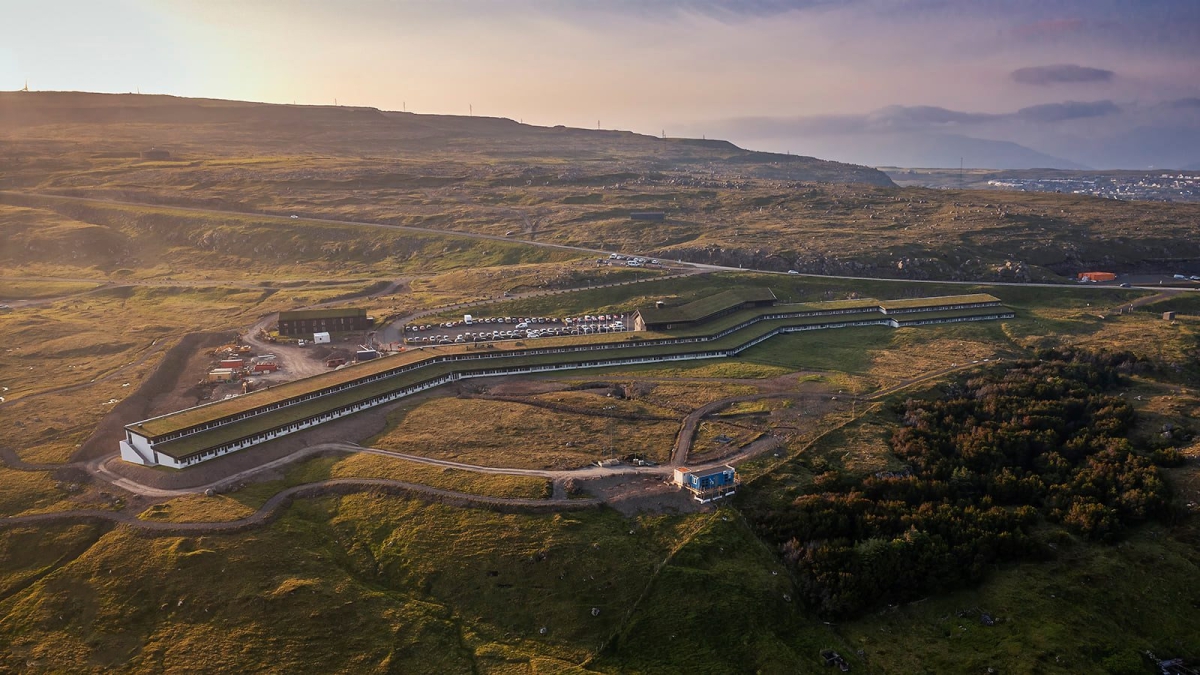Wages (Pay as you earn)
14. Sep 2022
DKK 900 million paid in wages in August – an annual increase of 8%

Wage expenditures started growing again in autumn 2020 but at a slower rate than before the Covid-19 pandemic. The month-on-month trend indicates that this growth has now returned to pre-pandemic levels.
[px-graph-1]
Wage growth for both sexes
The graph below shows wage expenditures for both sexes. The semi-transparent lines show paid wages, and the solid lines show the trend.
Wage expenditure growth for male employees stagnated at the outbreak of the pandemic in 2020. The growth for female employees slowed down, but it did not stop. The growth has now picked up for both sexes.
DKK 542 million was paid to male employees in August, amounting to 60% of all paid wages. This is a year-on-year increase of DKK 50 million. Female employees were paid DKK 354 million, a year-on-year increase of DKK 15 million.
[px-graph-2]
Trend varies across the industrial sectors
Wage expenditures in the ‘governmental and other services’ sector have increased steadily over the past two years.
[px-graph-3]
Wage growth in ‘private services’ resumed in 2021 and is still on the increase, but this growth has slowed down somewhat in the past six months compared to 2021.
[px-graph-4]
Wage expenditures in the ‘construction and other manufacturing’ sector have decreased since 2020, but the trend indicates that growth is back on the horizon.
[px-graph-5]
[px-graph-6]
Total wage expenditures over the past 12 months
The table below lists wage expenditures for the past 12 months and compares the figures with the previous 12-month period. The ‘hotels and restaurants’ industry has seen particularly high growth, going up by almost 30% compared to the previous period.
[px-graph-7]
About wage expenditures
Wage expenditures are subject to tax at source and are paid by companies based in the Faroe Islands. The statistics only covers wages for work done. Other payments and expenditures such as grants and post-employment benefits are not included.
All wage expenditures meeting the above requirements will be counted in regardless of the employee’s nationality.
About the trend
The trend describes the wage expenditure trend by adjusting for seasonal effects and error components in the figures.
About the main industrial sectors
Grouped under the ‘fishery and other natural resources’ sector are the following branches: agriculture, fishing, aquaculture, extraction of raw materials, fish processing and activities not elsewhere indicated.
The ‘construction and other manufacturing’ sector includes: shipyards/machine shops, other manufacturing, construction and energy.
The ‘private services’ sector includes: trade and repair, hotels and restaurants, sea transport, other transport, communications, finance and insurance, business services. household services and organisations, culture, etc.
‘Governmental and other services’ includes: public administration and services (central administration, municipalities, education, health and social work), government institutions and the Ministries of Education and Health.